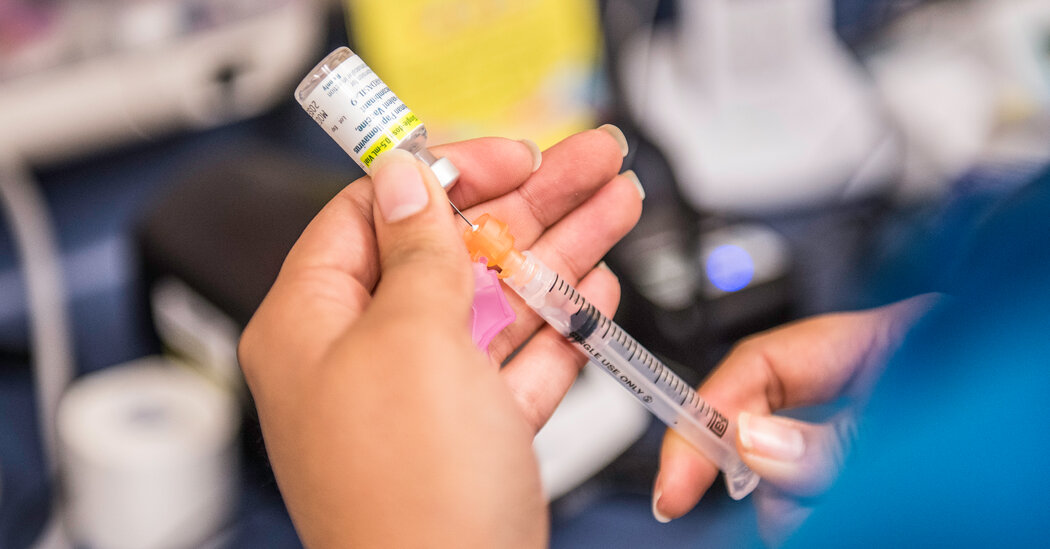A new report says that 13 percent of cancers are linked to bacteria or viruses. Vaccines and treatments offer powerful protection.
Most cases of stomach cancer are caused by bacteria. A majority of cervical cancers, as well as some genital and oral cancers, are caused by a virus. And certain chronic viral infections can lead to liver cancer.
Infections like these account for an estimated 13 percent of all cancer cases globally, according to a new report published Wednesday by the American Association for Cancer Research. But knowing which infections can lead to cancer means scientists also have a good idea how to prevent them from ever getting that far: There are effective vaccines and medications to prevent and treat these infections, and they can be detected early on through screening.
Dr. Michael Pignone, a professor of medicine at the Duke School of Medicine and member of the steering committee that oversaw the report, said the progress made in preventing and treating these infections was one reason for highlighting them. We are now close to “turning what would have previously been some common cancers into rare diseases,” he said.
Human papillomavirus
There are more than 200 types of the HPV virus, including a dozen that significantly increase the risk of cervical, genital and oral cancers.
Most people infected with HPV will clear it on their own. But about 10 percent of women with HPV infection in the cervix will develop a persistent infection with a high-risk type. This can cause cells to replicate rapidly and inactivate proteins that suppress tumors, said Denise Galloway, scientific director of the Pathogen-Associated Malignancies Integrated Research Center at Fred Hutch Cancer Center in Washington.
Most sexually active people will be infected with human papillomavirus at least once in their lives. Using condoms can protect against infection with HPV, though not fully. Vaccination offers the strongest protection.
